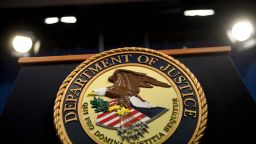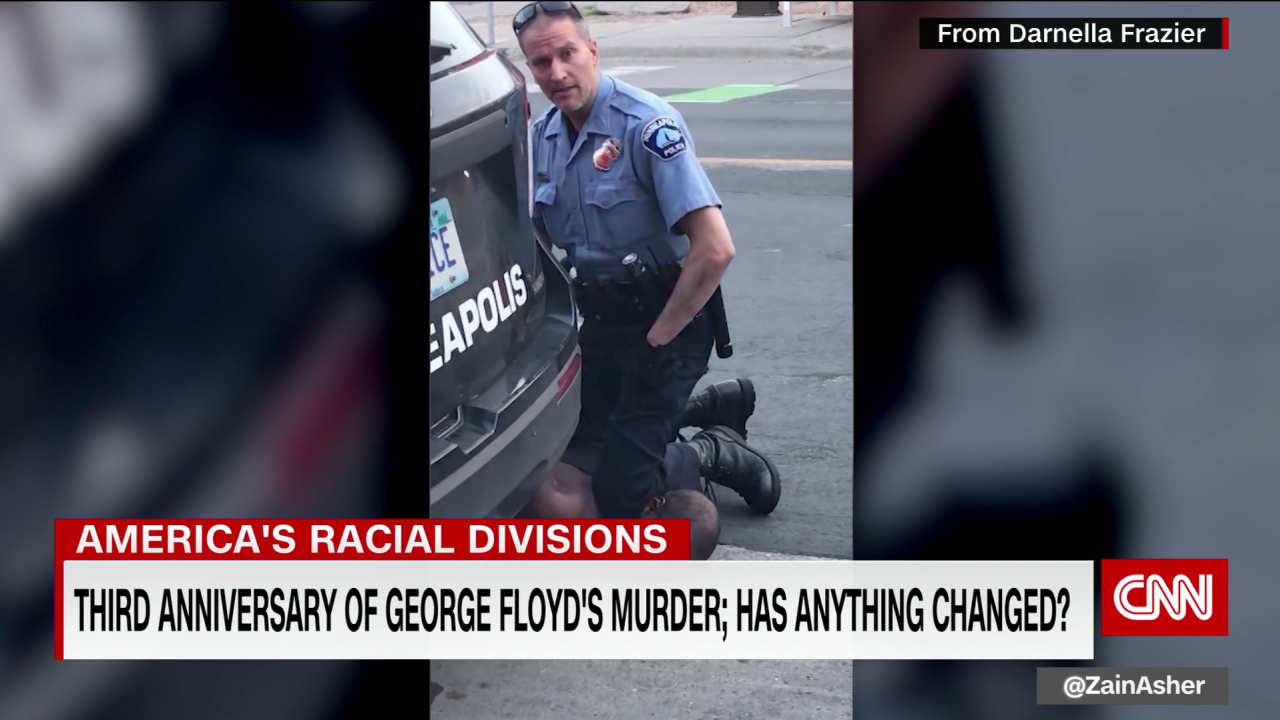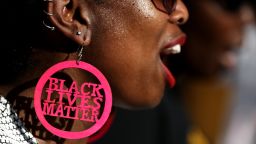Three years after George Floyd was murdered by then-Minneapolis police officer Derek Chauvin, the Justice Department issued a blistering report Friday of the city’s police department, detailing racial discrimination, excessive and unlawful use of force, First Amendment violations and a lack of accountability for officers.
“Our investigation found that the systemic problems in MPD made what happened to George Floyd possible,” the report states.
The Minneapolis Police Department has, for years, used dangerous “techniques and weapons” against people who had committed a petty offense or no offense at all, “including unjustified deadly force,” it adds.
“MPD used force to punish people who made officers angry or criticized the police,” the report says, and “patrolled neighborhoods differently based on their racial composition and discriminated based on race when searching, handcuffing, or using force against people during stops.”
In its investigation, the Justice Department reviewed hundreds of police body-worn camera videos, incident and police reports, hundreds of complaints filed against officers and dozens of interviews with city leaders, community leaders and police officials.
“As I told George Floyd’s family this morning, his death has had an irrevocable impact on the Minneapolis community, on our country and on the world,” Attorney General Merrick Garland said at a news conference Friday.
“George Floyd should be alive today,” Garland added.
Chauvin was convicted in Floyd’s death and pleaded guilty for violating Floyd’s civil rights.
Unlawful use of force
In a review of the 19 police shootings that took place between 2016 and the summer of 2022, the investigation found that “a significant portion of them were unconstitutional uses of deadly force” including officers shooting at individuals without determining any immediate threat and MPD officers using deadly force against “people who are a threat only to themselves,” the report says.
In one example cited by the report, a woman had been shot by an officer after she reportedly “spooked” him as she came to his police car.
On May 25, 2020, Chauvin kneeled on Floyd’s neck and back for over nine minutes while Floyd was handcuffed and gasping for air. According to the DOJ’s report, at the time, neck restraints were used by Minneapolis police officers 197 times between 2016 and 2020. Nearly a fourth of those were used in cases where no arrest was made.
Officers would “frequently used neck restraints without warning” and used the restraints against individuals – including teenagers – accused of low-level offenses, passively resisted arrest, posed no threat or “had merely angered the officer.”
MPD officers, the investigation found, also used takedowns, strikes, tasers, chemical spray and other methods of force in ways that violated individuals’ rights.
The department now prohibits neck restraints, “no-knock” raids and requires approval for officers to use certain crowd control weapons without approval from the chief of police.
Racial discrimination
The investigation also found that MPD officers disproportionately stop and use force against Black and Native American people.
“During stops involving Black and Native American people, MPD conducts searches and uses force more often than it does during stops involving white people engaged in similar behavior,” the report, which reviewed data of roughly 187,000 pedestrian and traffic stops says.
“We estimate that MPD stops Black people at 6.5 times the rate at which it stops White people, given their shares of the population. Similarly, we estimate MPD stops Native American people at 7.9 times the rate at which it stops white people, given population shares.”
During these stops, the DOJ found that MPD officers unlawfully discriminated against Black and Native American people in both searches and use of force.
After Floyd’s murder in 2020, many police officers in the department stopped listing the race or gender of individuals in their reports in violation of the department’s policy, according to the investigation.
Pattern of racist comments
The report also found evidence of some officers, including those in leadership positions, have made racist or discriminatory comments to other officers.
During one of the protests following Floyd’s murder, an MPD lieutenant said a group of protesters were likely mostly White because “there’s not looting and fires.”
Other MPD employees told the Justice Department about similar discriminatory comments made by their colleagues, including comments about how “you don’t have to worry about Black people during the day ‘cuz they haven’t woken up—crime starts at night.”
The investigation found that officers were often only held accountable for biased conduct after public calls of outrage.
Garland outlined several incidents where MPD officers were not held accountable for racist conduct until public outrage surfaced.
“For example,” Garland said Friday, “after MPD officers stopped a car carrying four Somalian-American teens, one officer told the teens, ‘Do you remember what happened in Black Hawk Down. When we killed a bunch of your folk? I’m proud of that. We didn’t finish the job over there. If we had, you guys wouldn’t be over here right now.’”
First Amendment violations
According to the Justice Department’s report, MPD officers also violated people’s First Amendment rights, including journalists, and found that officers “regularly retaliate against people for their speech or presence at protests – particularly when they criticize police.”
“MPD officers frequently use indiscriminate force, failing to distinguish between peaceful protesters and those committing crimes,” the report says. “For example, MPD officers regularly use 40 mm launchers – firearms that shoot impact projectiles, like rubber bullets – against protesters who are committing no crime or who are dispersing.”
The investigation found that in the protests following Floyd’s murder, officers had pepper sprayed a journalist in the face after pushing the reporter’s head to the pavement.
Other incidents cited in the report include police officers retaliating against individuals who were recording the officers by illegally grabbing phones, destroying recording equipment or using force – including pepper spray – against them.
This story has been updated with additional developments.
CNN’s Evan Perez contributed to this report.

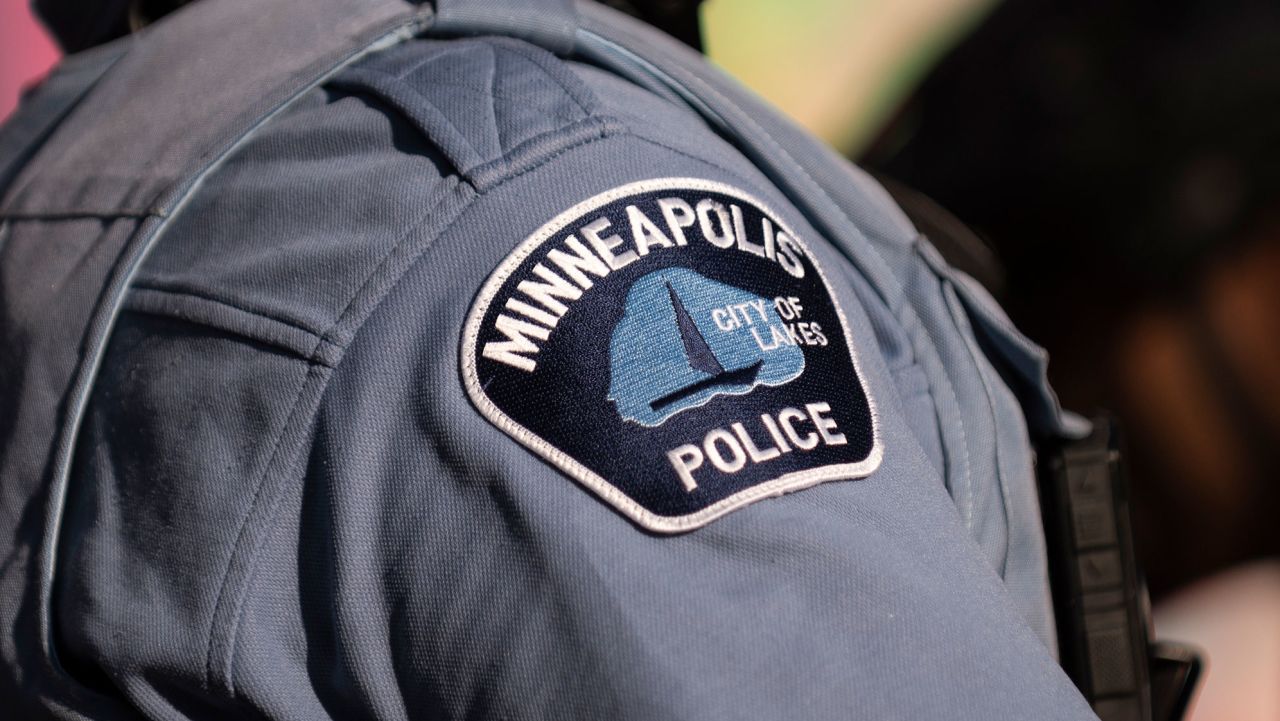
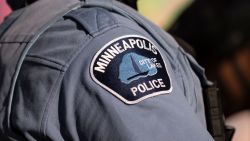





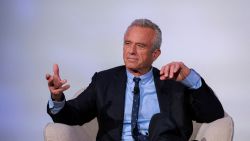

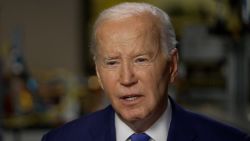




![CORRECTION / Director General of the International Atomic Energy Agency (IAEA) Rafael Grossi speaks during a press conference with the head of Iran's atomic energy department in Isfahan on May 7, 2024. (Photo by ATTA KENARE / AFP) / "The erroneous DATE appearing in the CAPTION of this photo by ATTA KENARE has been modified in AFP systems in the following manner: [May 7, 2024] instead of [May 7, 2023]. Please immediately remove the erroneous mention[s] from all your online services and delete it (them) from your servers. If you have been authorized by AFP to distribute it (them) to third parties, please ensure that the same actions are carried out by them. Failure to promptly comply with these instructions will entail liability on your part for any continued or post notification usage. Therefore we thank you very much for all your attention and prompt action. We are sorry for the inconvenience this notification may cause and remain at your disposal for any further information you may require." (Photo by ATTA KENARE/AFP via Getty Images)](https://media.cnn.com/api/v1/images/stellar/prod/240508183644-rafael-grossi-iaea-chief.jpg?c=16x9&q=w_250,c_fill)

